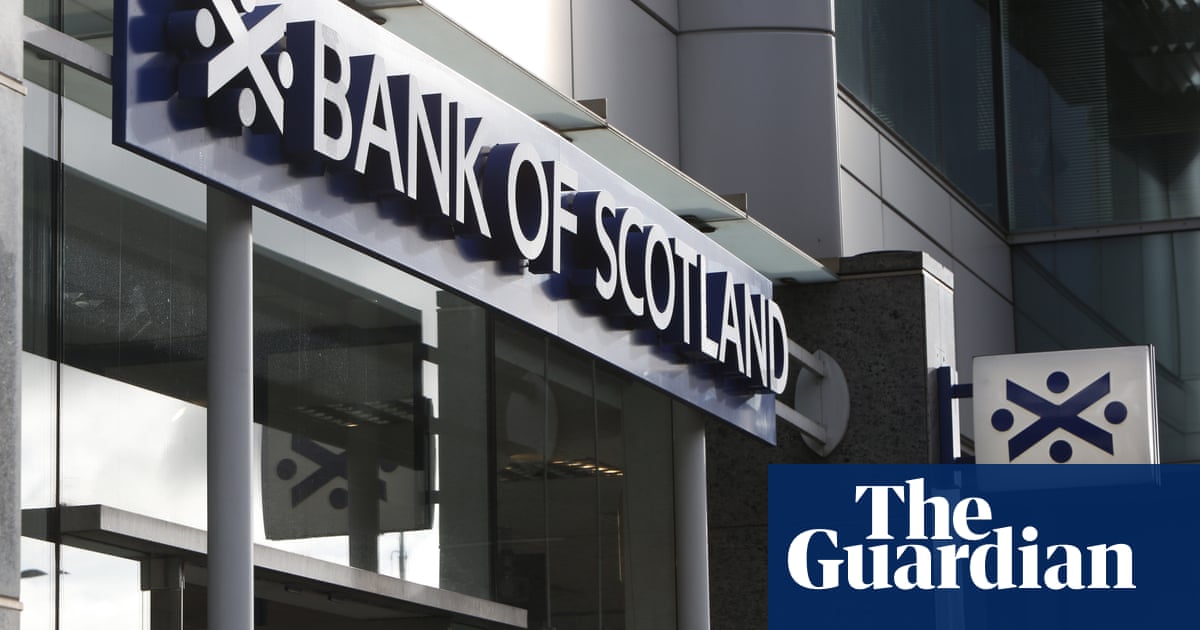
It was one of a list of “millennium products” lauded by the then prime minister, Tony Blair, as an example of “the very best of British innovation, creativity and design”.
But, almost 25 years later, the shared appreciation mortgage (Sam) is effectively going on trial at the high court, accused of ruining lives and leaving some people owing 10 or 12 times the sum they originally borrowed.
Lloyds Banking Group is being sued by 160 people, many of them elderly, with the law firm behind the action claiming that Sams were “entirely unfair” products that have left borrowers trapped in their homes, unable to sell up.
Those eagerly awaiting next month’s court case include Gary Cooper, whose parents took out a £42,500 Sam loan that has ballooned into a debt currently estimated at more than £500,000. The amount owed is so large because the deal they signed entitled the lender to 75% of any house price rise over the life of the loan.
The outcome could set a precedent for his family and thousands of other people who say their lives have been blighted by Sams.
It was Bank of Scotland – which became part of the Lloyds group in 2009 – that sold the mortgages at the centre of this case. The other bank that sold Sam loans for a brief period was Barclays.
In 1998 the Design Council launched a search for “the most innovative, creative and well-designed” products to mark the end of the millennium, and 1,012 were selected, including Bank of Scotland’s Sam loan, thousands of which were sold between late 1996 and early 1998. In December 1999 the list was announced at the Millennium Dome in London (now the O2 arena) by Blair.
The loans were ostensibly aimed at helping “asset-rich, cash-poor” older people release some of the value locked up in their homes. They typically allowed people to borrow up to 25% of the property’s value, and usually there were no repayments to make during the lifetime of the loan.
In return, borrowers were required to pay back the original amount plus a share of any increase in the value of their home when the mortgage was repaid, or when they died and the house was sold.
This share was usually worked out on a three-to-one basis – so if someone borrowed 25% of the value, they would be in line to hand over 75% of the future growth in value.
In the years since the Sam loans were sold, house prices have soared, leaving people facing huge repayments if they want to move, or their offspring with a costly headache when they die.
In May, Guardian Money featured the case of Cooper, whose parents took out a loan on their home in Walton-on-Thames, Surrey, in late 1997 from Bank of Scotland. The £42,500 borrowed was 25% of their home’s value at the time (according to the bank) of £170,000.
Cooper’s parents died in 2021, and their house is now on the market for £850,000.
As things stand, he and his sister would have to give most of what the house sells for to the bank, although he is hoping a judge will rule in favour of the Sam borrowers (Cooper is not one of the 160 claimants).
The court case is set for a six-week trial and is due to start on or about 29 January, assuming there is no settlement between the two sides before then.
The case has been brought by the law firm Teacher Stern, which in 2021 negotiated a confidential settlement with Barclays on behalf of 37 clients who took out its Sam loans.
An estimated 2,000-plus people still have a Bank of Scotland-administered Sam loan, Teacher Stern’s case focuses on section 140 of the Consumer Credit Act, which gives the courts powers to step in and intervene if the “relationship” between a company such as a bank and a customer is judged to be unfair.
Sarah Emerson, a partner at Teacher Stern, claims that over the past 25 years the bank has had “numerous opportunities to correct this product … They have just not done anything about the unfairness of the relationship, which continues.”
The law firm says clients who had released, for example, £40,000 from their home are now facing paying back £400,000 to the bank.
Emerson says the Lloyds group is vocal in documents such as its “code of ethics and responsibility” about how important it is to treat customers fairly. But, she adds, there seems to be “a real say-do gap” between that and how her clients are being treated.
The bank has previously confirmed that in the case of Cooper, the “share of appreciation percentage” applying to the loan was 75%. That gives a figure of £510,000, based on 75% of £680,000, which is the “growth” in the property’s value between 1997 and now, if one uses its current asking price. The original loan of £42,500 also has to be repaid, taking the estimated total to £552,500.
A spokesperson for Bank of Scotland told the Guardian that Sams “were a specialist type of mortgage available in 1997-98 which were either interest-free or offered at a lower rate of interest in return for a share of any future increase in property value”.
They added: “We recommended borrowers took financial advice to ensure they understood the product and that it was suitable for their needs, and all borrowers were advised by their own solicitor. We are unable to provide comment [on individual cases] due to ongoing litigation, but we do everything we reasonably can to help any customer facing financial hardship.”
The bank has previously said in relation to Cooper’s case: “A solicitor was instructed by the borrowers, and the offer was witnessed by an IFA [independent financial adviser].”












